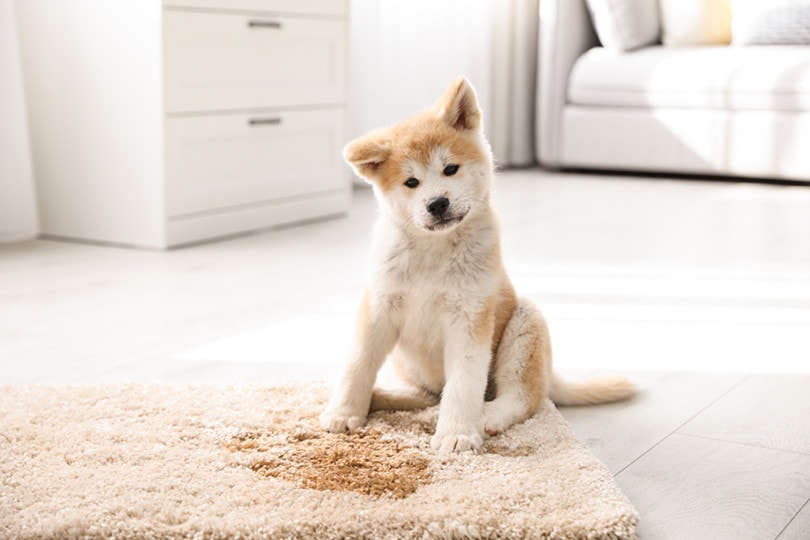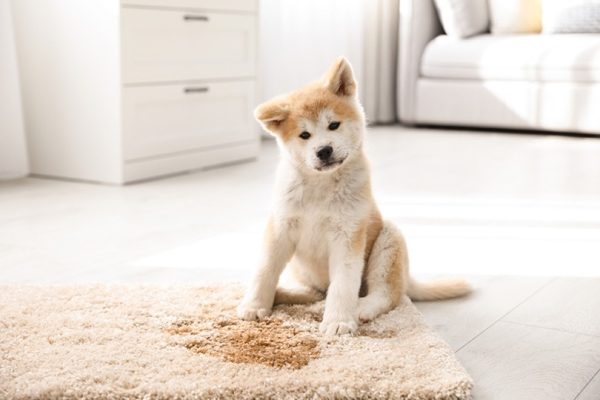A dog that pees in the house can be a handful to manage, to say the least. One of the trickiest issues can be finding where your dog has peed. Sometimes, it’s beyond obvious when you spot a wet spot or smell a strong smell.
However, if your dog has peed in multiple places or has managed to hide their accidents, then finding all the pee spots to get them cleaned up and prevent future accidents can be difficult. Here are some of the best ways to find dog pee stains without having to break out the blacklight.
The 8 Tips on How to Find Dog Urine Without a Blacklight
1. Follow Your Nose

| Supplies Required | Good sense of smell |
| Efficacy | 3/5 |
When it comes to finding your dog’s secret pee spots, using your sense of smell is one of your best built-in options. Even if you have a poor sense of smell, you should be able to narrow down at least what areas of your house have succumbed to dog pee.
Walk from room to room, slowly sniffing around the room. Focus heavily on areas where a dog might want to pee, like around posts and furniture legs, along walls, and in corners. Don’t forget to check places where a dog might get away with peeing for a long time unnoticed, like closets and bathrooms.
2. Look for Stains
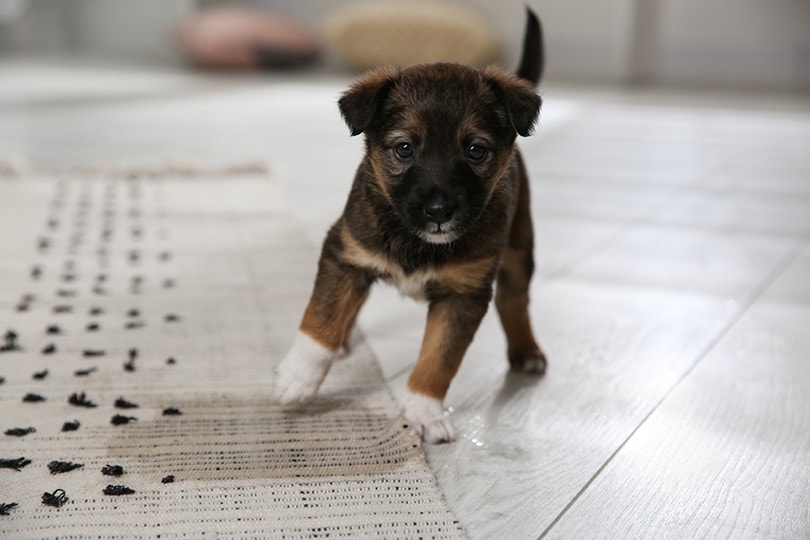
| Supplies Required | Ability to differentiate colors |
| Efficacy | 3/5 |
Dog pee can leave distinctive stains behind, making them relatively easy to spot. However, this does require a decent ability to differentiate between colors and notice subtle differences in color shades. Dog urine tends to leave behind bright yellow stains on light-colored surfaces, and on dark-colored surfaces, it may leave oddly green staining behind. Ammonia from your dog’s urine is responsible for the stain development, so areas where your dog has peed multiple times will show more noticeable stains.
3. Check for Sticky Spots
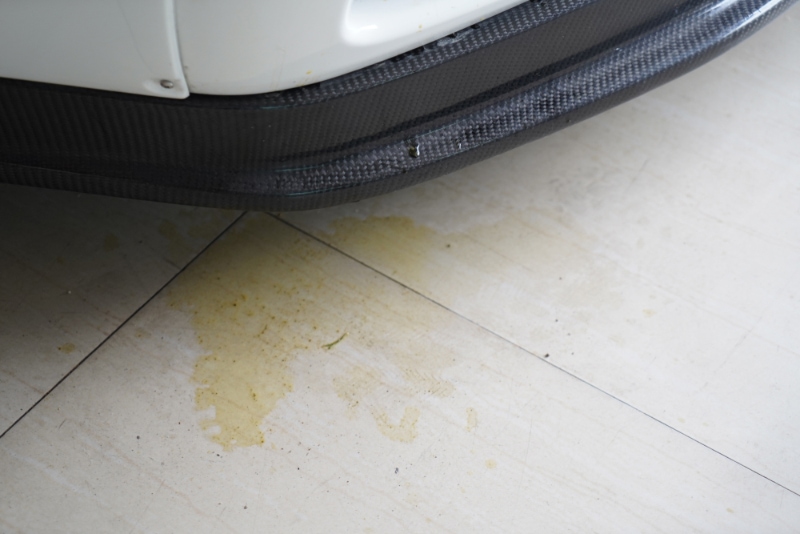
| Supplies Required | Rubber or latex gloves |
| Efficacy | 3.5/5 |
This isn’t the most pleasant way to check for dog pee stains, but it is effective. It is strongly recommended that you use gloves for this task, with non-fabric gloves working the best. Sometimes, dog pee will leave behind sticky stains on hard surfaces, including furniture, baseboards, and flooring. If your dog has continued to pee in the same spot over and over, the stickiness will build up over time, making it easier to detect. Run your hand along the areas you’re suspicious of and see if you feel stickiness or a notable film.
4. Stop Using Air Fresheners
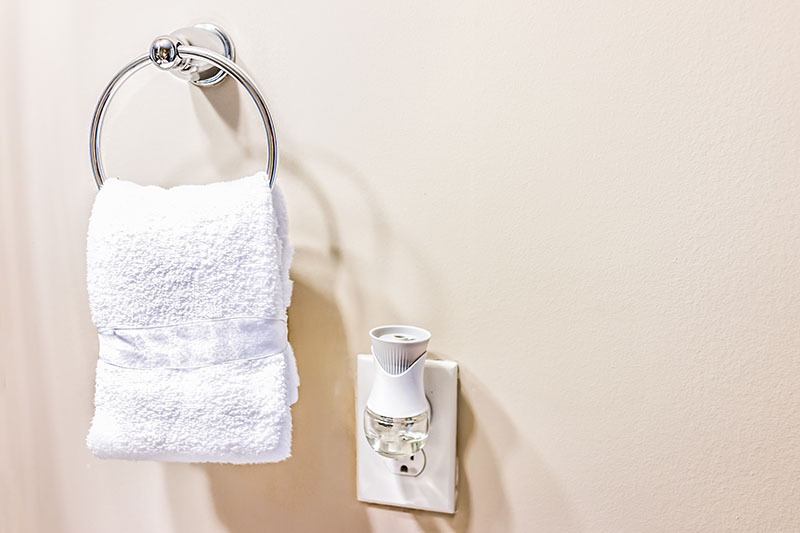
| Supplies Required | None |
| Efficacy | 3.5/5 |
If you have a dog that keeps peeing in the house, you may have resorted to using air fresheners and strong-scented cleaning sprays. The issue with using these products is that they may be covering up the smell of stains you haven’t found yet. If you’re covering the smell, your dog may continue peeing in your house without you being the wiser. By eliminating added scents in your home, you’ll be able to more accurately find urine stains and clean them properly, allowing you to enhance the pleasant scent of a clean home without the addition of air fresheners.
5. Baking Soda and Hydrogen Peroxide Solution

| Supplies Required | Baking soda, hydrogen peroxide, spray bottle |
| Efficacy | 4/5 |
By simply mixing these two common household ingredients together, you can create a pee magnet. Combine a small amount of hydrogen peroxide and baking soda together in a spray bottle, then use the solution to spray over your carpet in areas you’re suspicious your dog may be peeing. The solution will create a white cast over the areas with pee stains, allowing you to identify them more easily. Be cautious with this method, though, as hydrogen peroxide can bleach some carpets and fabrics.
6. Spy on Your Dog
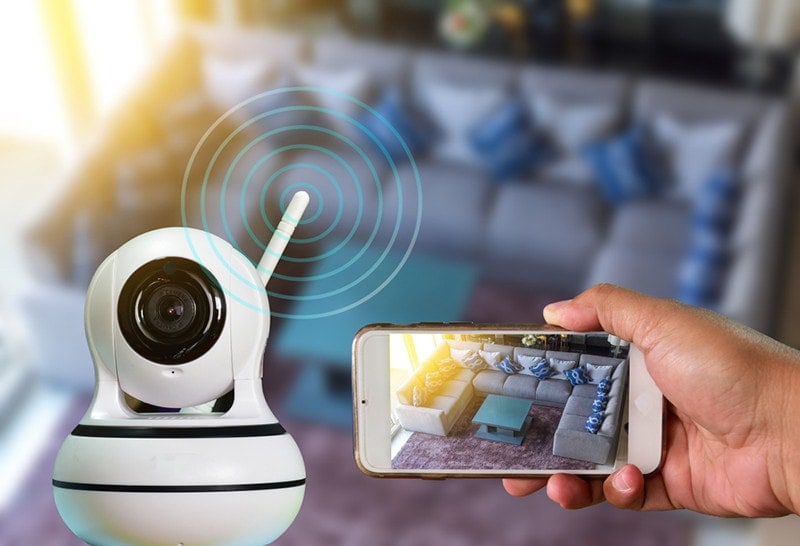
| Supplies Required | Sneakiness |
| Efficacy | 4.5/5 |
This is the most effective method for finding dog pee spots…if you can be sneaky enough not to let your dog know you’re onto them. If you know that your dog tends to pee in inappropriate places at certain times of the day or exhibit certain behaviors beforehand, then consider following your dog to find their favorite pee spots. However, most dogs won’t pee in the house right in front of you, so you’ll have to be extra sneaky. One simple solution for this is to invest in a home camera that allows you to keep an eye on your dog throughout the day.
7. Use Moisture Probes
| Supplies Required | Moisture probes |
| Efficacy | 4/5 |
Moisture probes are typically designed for monitoring the moisture level of soil for plants and similar things. However, you can use moisture probes to determine how damp your carpet might be underneath the surface. Moisture probes will allow you to compare the moisture levels of various parts of your carpet to each other, helping you identify areas that are more likely to have previously been peed on. Even after the urine has dried, dog pee may continue to absorb moisture from the environment, keeping the pee stain damper than the area around it.
8. Check Underneath Items
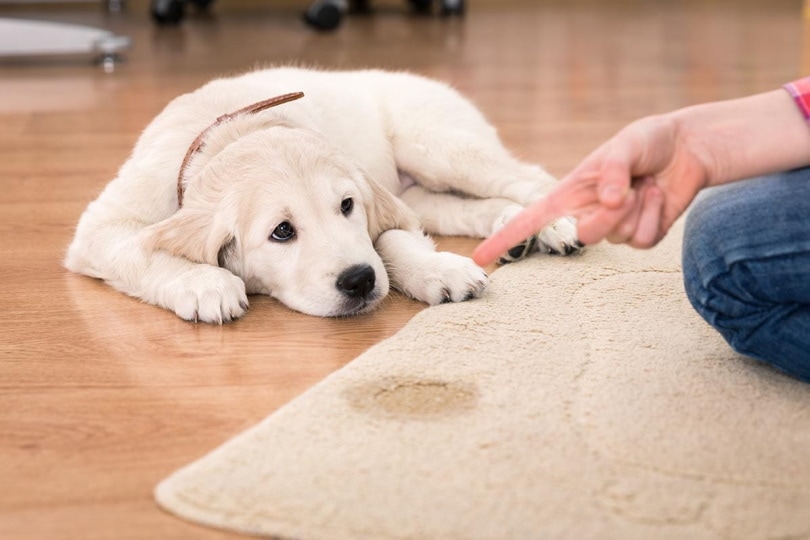
| Supplies Required | None |
| Efficacy | 4/5 |
If you suspect your dog has been peeing on a rug or piece of furniture, then check underneath. Pee stains will leave dark marks, especially on the underside of items. You may also notice a strong ammonia smell underneath an item once it’s lifted. If you have experience with lifting carpet and know how to put it back into place, then you can also lift your carpet and check the underside of the carpet and the carpet pad.
In Conclusion
The sooner you find your dog’s secret pee stains, the more successful you’ll be at properly cleaning the stains and preventing future accidents. If your dog has started peeing in the house, a vet visit is to ensure your dog is healthy and not suffering from a medical condition that may be causing inappropriate urination, like diabetes or a UTI.
A blacklight is a highly effective way to find urine stains, but it isn’t always practical for everyone. Some rooms have too much natural light for the blacklight method, and some people may struggle to find a blacklight to do the job. These other methods can be very useful when finding your dog’s secret pee spots. Good luck with the search!
Featured Image Credit: New Africa, Shutterstock

